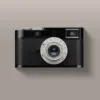The line between digital cameras and mobile phone cameras is almost blurred. Although this fact is probably hard to swallow for all sworn (D)SLR users, let us remind them that a good photo is made by the person, not the camera, and that a DSLR does not automatically make you a better photographer. A pinch of creativity and we can be more than competitive with a mobile phone. This is today's reality. So follow the tips on how to take a great photo with your mobile phone.
The definition of a good photographer is that he squeezes the maximum out of every situation, which means that even with the limited options that a mobile phone has compared to top SLR cameras, he can take a shot that would be the envy of even the latter. And a good photographer also knows that top equipment it does not mean anything by itself.
READ MORE: Prynt - when your mobile phone becomes a polaroid camera
Disregarding the lens, it is (lightly) sensor the most important part of the camera and according to megapixel growth by leaps and bounds in mobile phone cameras, they are already very close to the level of classic cameras. To make the border as unrecognizable as possible, we offer you something advice, which will allow you to take great photos even with a mobile phone, with which photos of the same motif will be taken once with a mobile phone and once with a DSLR, like identical twins.
Clean lens and full battery
Although this is something so obvious and self-evident, we are (too) often guilty of this very thing. If you have a camera, the first smartest purchase is after the camera itself, additional battery. Don't forget to charge your phone or buy one this little vitamin. And while they have cameras lens protection (the cap or the lens slides back and is covered by the lamellas) with phones, it is exposed to the mercy of your pocket, purse, palm, etc. That's why it's full fingerprints, like behind our fingernails, gathers around her dirt, there is still dust,…

Therefore, clean it regularly, but do not use a cloth that is too rough, because it will leave scratches. You win with cameras microfiber cloth or a filter.
Light is above everything
In Greek, the word photo means drawing with light, so it is logical that everything in photography revolves around her. And if you're only going to take one piece of advice, take this one. Light is as important a tool as the camera itself. mobile phone. It is about equal partners and without one there is no other. Of course, the best light source is natural light, that of the sun. If you are in a closed space, raise the blinds, open the curtains, let as much of it flow into the room as possible and, if possible, place the object/subject as close to the window as possible.
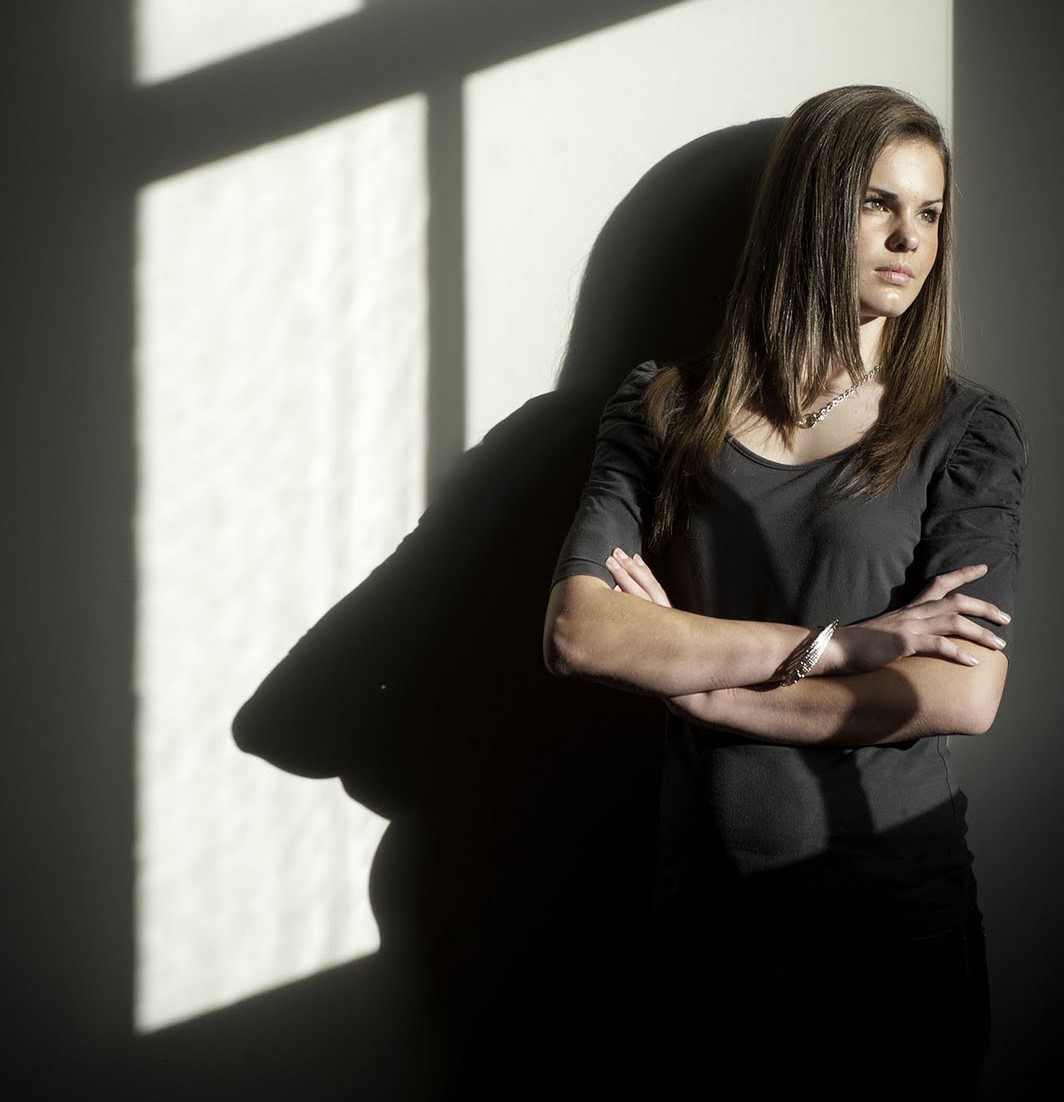
If you don't have the luxury of natural light, use it artificially, that which is a product of electricity. But be careful. This usually does not spread evenly, so place it directly in front of or above the subject, and the easiest way to solve the problem is to place it directly in front of or above the subject with another light source and thus filled in the parts left out by the first.
Use light reflectors
Bumpers are one of those accessories that we they help to provide better lighting and they can make a really big difference. You don't have to have those "super fancy ones" from the store, you can find yourself with everyday objects. One such that is great for brightening and killing darkness is base for cakes (in gold and silver), but here they are always white cardboard, styrofoam and aluminum foil, all excellent they bounce sunlight or light on the subject.
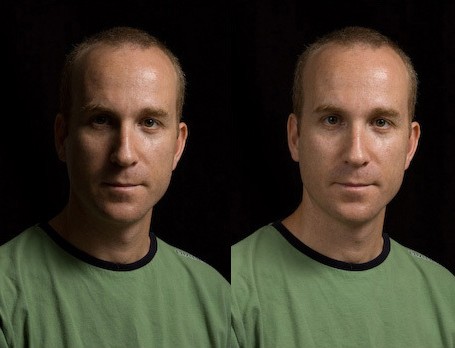
A typical example of use. You must have a ton of photos on your computer where part of the face is like the dark side of the moon where they are eye sockets completely dark. You can easily get rid of this with reflectors and you don't even need to be a light expert. It's like playing bunny with a clock.
Think before you fire
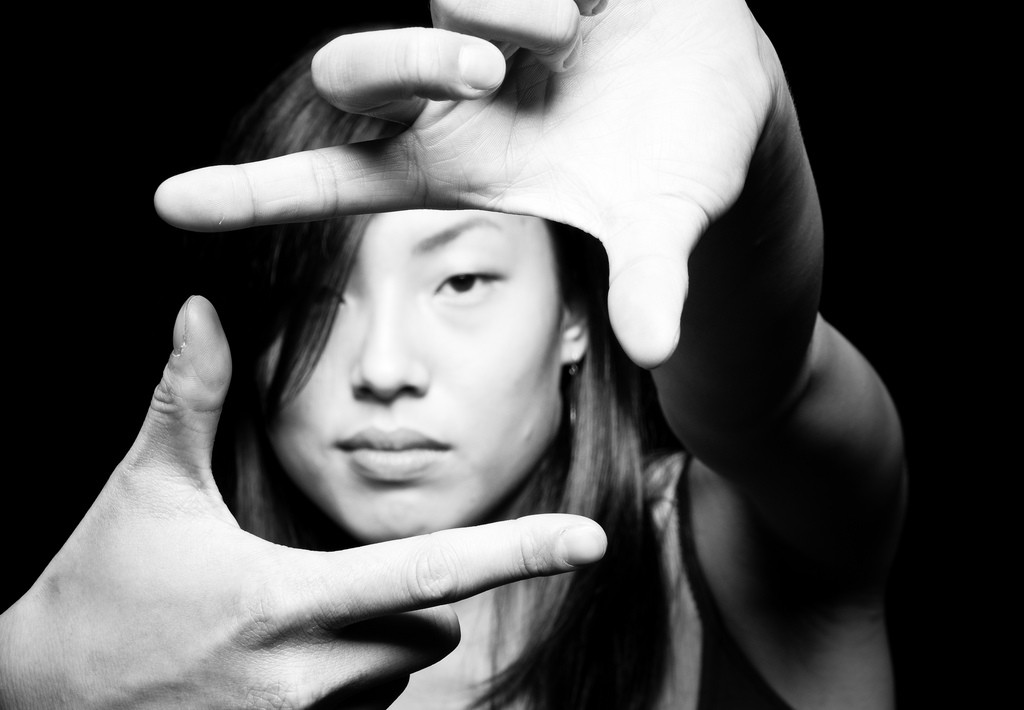
Thanks to digital photography, today, Schwarzenegger-style, let's start first and only then do we ask let's see if it fits. Or we only do it at home, when it may already be too late. That's why. Take your time to choose the right compositions, find the right position and think about what you want from the shot, because the camera, unlike everything else, won't do it for you. He is a technocrat, it's all just numbers to him. Aperture, time, ISO,… He doesn't know what he would like to get out of the scene. He takes the middle path, which is often "neither sish nor mish". So, like back in the day when we used to have movies, give yourself as much time as you need to study the matter, yes "purify" your motive distractions, etc. You might take fewer shots, but at least one will be the right one, and you won't end up with five mediocre ones. And another "reality check". Such a popular digital photography strategy- "shoot and pray" ("spray and pray"), which is only limited by the speed and size of the SD card, does not work. At least not if you want a good photo.
The rule of thirds
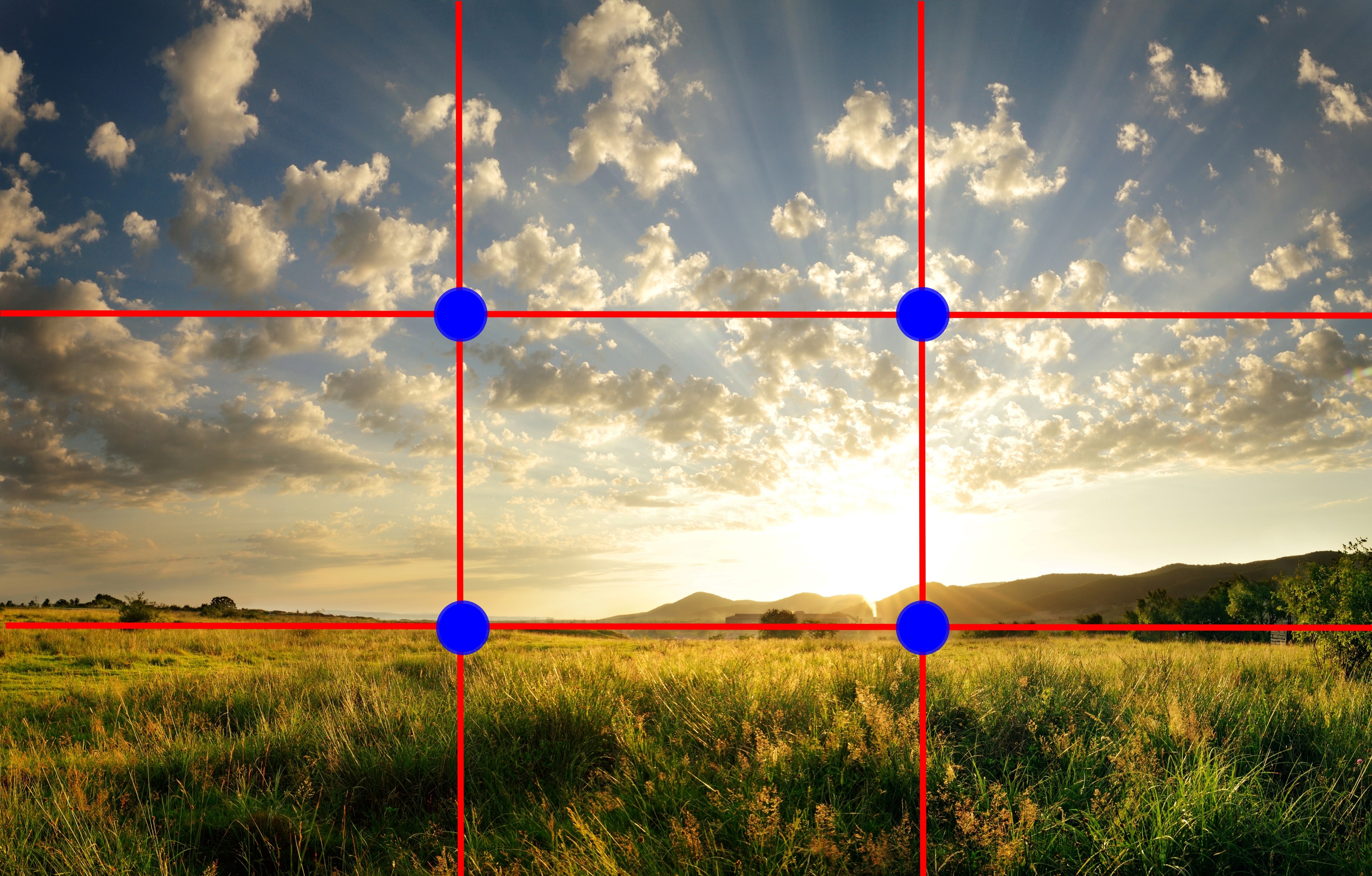
Golden Section or its Teleban variant, the rule of thirds, is a very important element that we use, yes we place the subject from the center. Not only are photos that follow these principles more attractive, the imaginary horizontal and vertical section helps us that they are straight lines and that e.g. the sea horizon has no slope. The vast majority of cameras and also mobile phones (and all smartphones in fact) have an option grids (for framing) and its four intersections serve you as points where we place the subject. Of course, rules like this one about the golden ratio or thirds are convenient, and they are in the photo the rules often there to be violated. But only after you know why you are violating them. And then the rules become guidelines.
Move around. Step closer.
One of the most common mistakes is that all our photos look the same. That is why it is important not to stand buried like a tree, but to move and look for the best like, the best position. With just the right perspective, we create an incredible difference. If you shoot everything standing up, no photo will stand out. Why? Because this is the view that we are used to, that we see every day. It is necessary squat, lie down, step on a bench or chair, get dirty, stretch, even run. More engagement, more success.
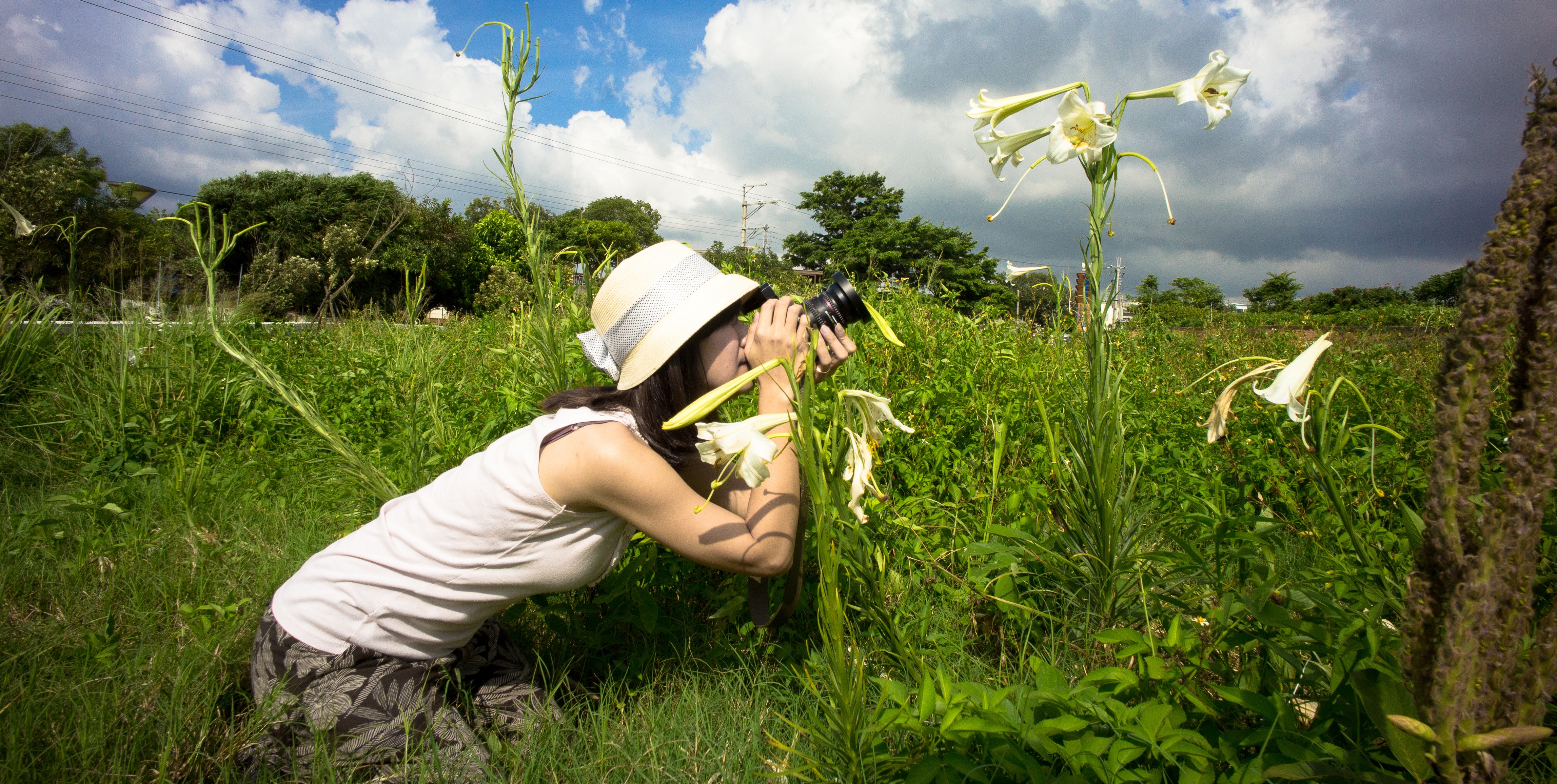
If you photograph a person from a frog's perspective (from the bottom up), they will appear larger, more powerful. Playing with perspective is one of the better spices photographs.
Take as many photos of the same subject as possible
No, this advice does not conflict with the one from before, when we advised you to "spray and pray". Set yourself up a challenge. Do it 10-20 photos of the same motif with as much creative range as possible. Let every shot be unique. With this, you will learn through practice and get to know the range of options that is hidden somewhere deep in the manuals.
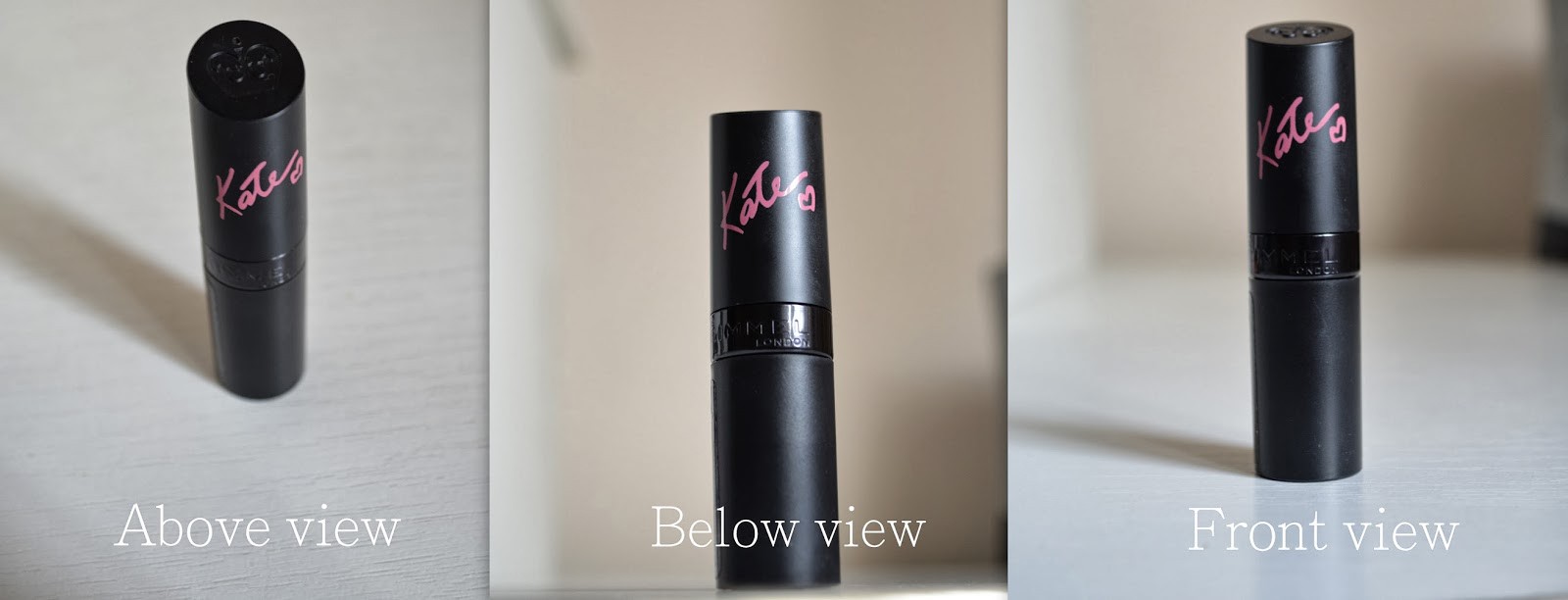
Don't be afraid to roll in "Manual" option (manual settings). And if you lack imagination- play with light (set different exposure times), aperture (set different depth of field; marked as F) and angle under which you capture the photo and don't be afraid to increase the value ISO. But this whole world opens up to you only if you leave "comfort zone", which is called "auto" or automatic. So, take control of the camera. Just as nothing shocking will happen from the comfort of being on the spot with the photo, it will not be from the comfort of automatics (with the settings). Don't be passive photographer and you'll see that mobile photography can measure up to DSLR's.
The photo is displayed
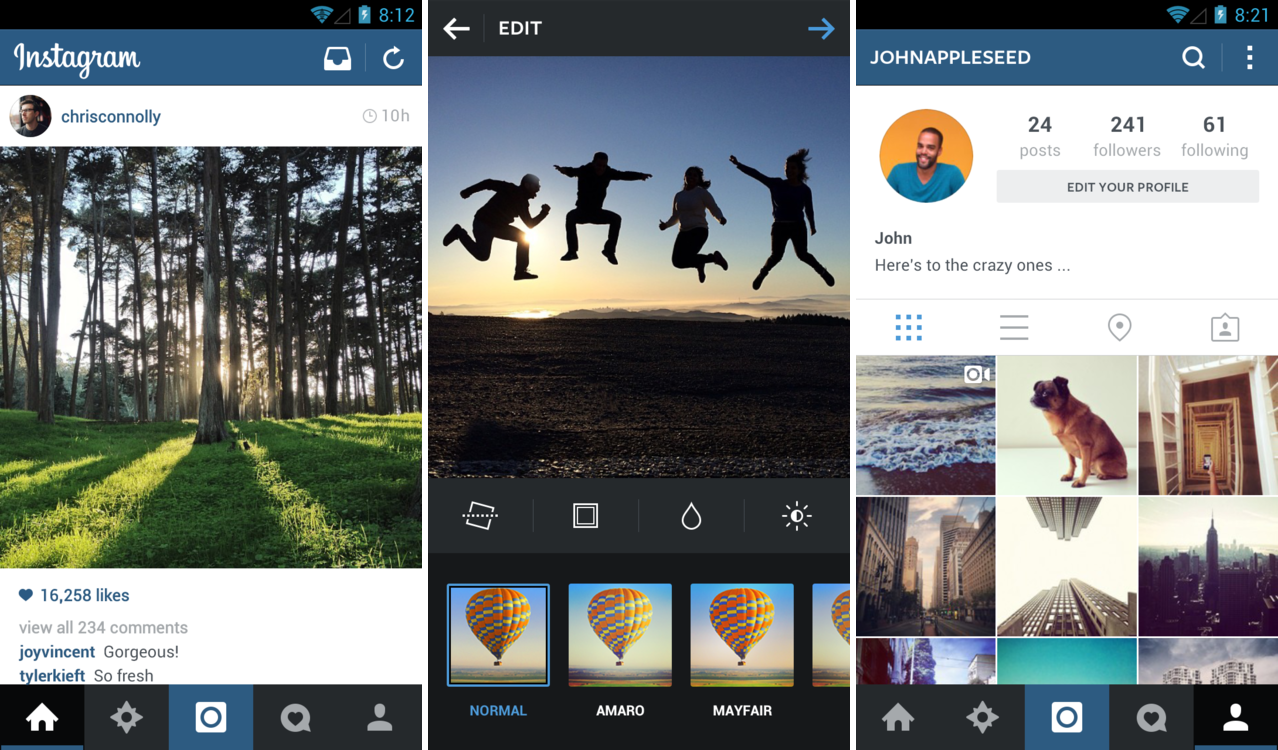
Share your photos. After all, you probably take photos to show the world your view of it, your perspective. In addition, it can be very useful. But you still have to be careful. Don't share everything because you'll get ripped off quickly, not because the photos might be bad, but because forums and social networks are full of frustrated individuals who are there with the sole mission of they are starting to gain confidence others. Be ready for criticism (ignore non-constructive ones) and not taking them as something bad, but them turn in your favor and see what we could do better. It's definitely better to have your art photos in cyberspace than to vegetate on a disk and collect dust.

